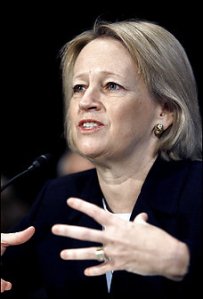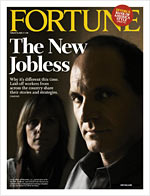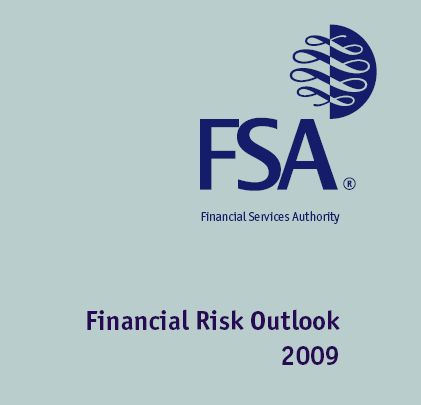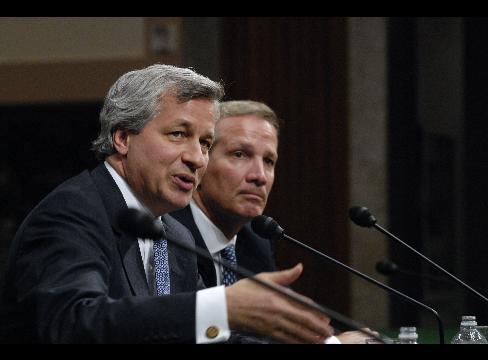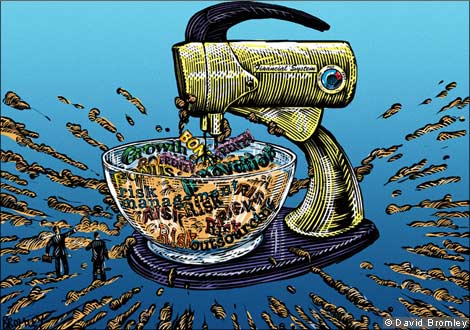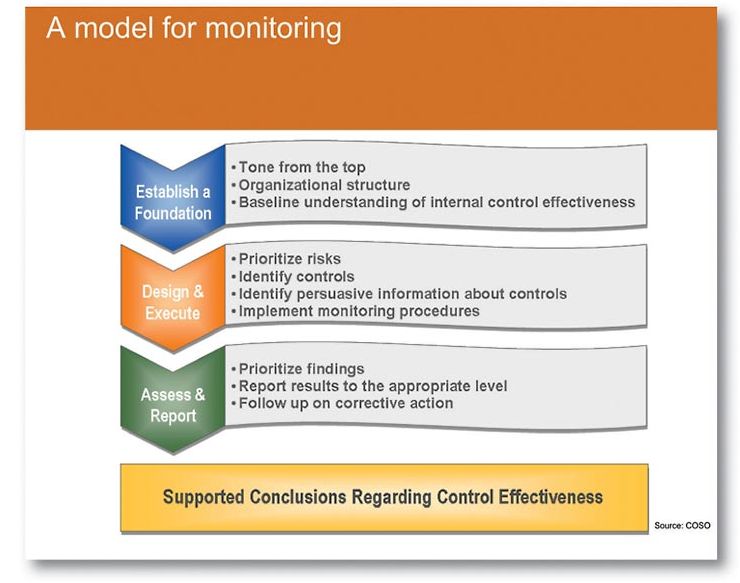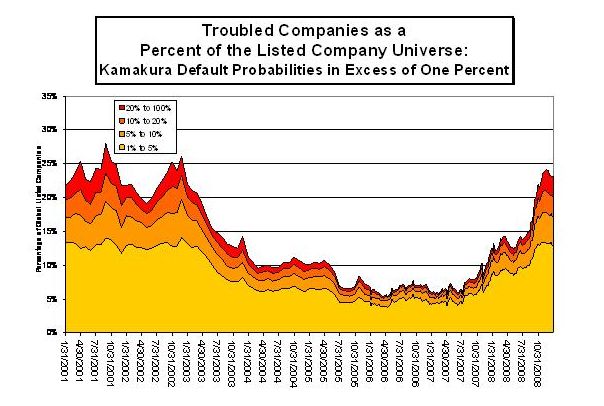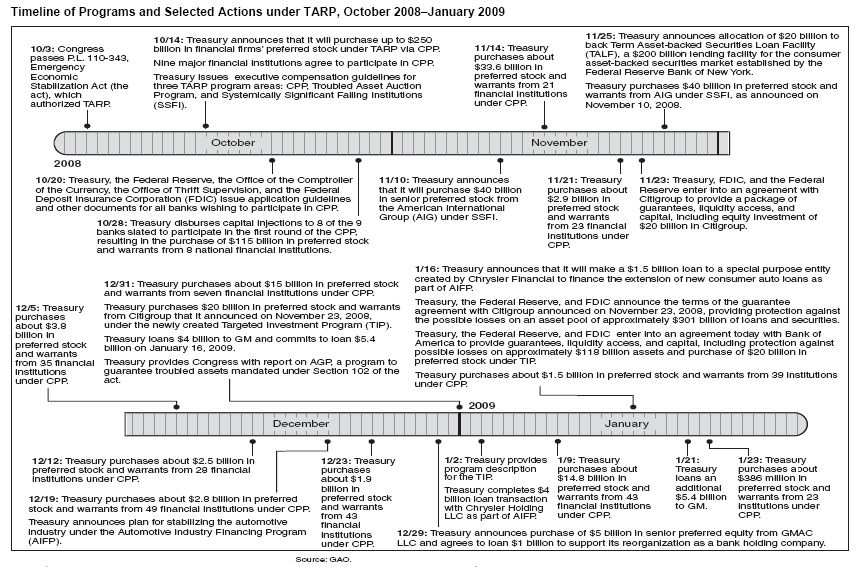Mr. Obama said "financial institutions that pose serious risks -- systemic risks -- to our markets should be subject to serious oversight by the government." He said U.S. taxpayers "should be assured" that the Federal Reserve, which is acting as a lender of last resort in many cases, "understands the institutions it insures and actively monitors them to keep their risk-taking in check."
The president said the overhauled regulatory structure "must be strong enough to withstand both systemwide stress and the failure of one or more large institutions."Mr. Obama also called for greater transparency, more-uniform supervision of financial products, and "strict accountability" for market players who engage in risky behavior. "Executives who violate the public trust must be held responsible," the president said.
Representative Barney Frank commented on the nature of the process required to reform the regulatory structure.
Rep. Frank said he expects the effort will be done in stages, with action first on a bill that will empower a regulator, likely the Federal Reserve, to regulate risk across the financial system. "It's either the Fed or you start from scratch," Mr. Frank said.
Early preparation is critical to achieve a competitive advantage of addressing the regulatory changes in a cost-effective and efficient manner. Wheelhouse Advisors can help. Visit www.WheelhouseAdvisors.com to learn more.

